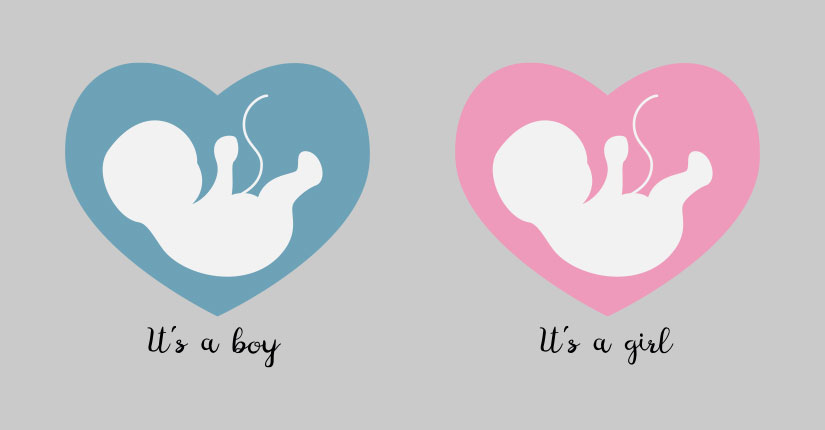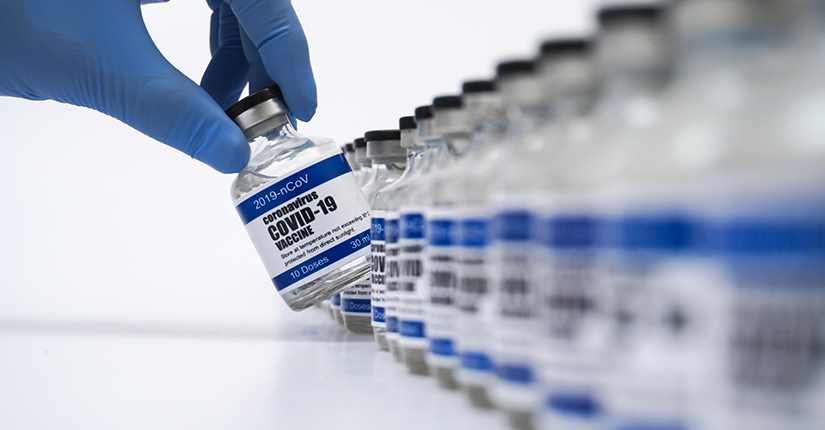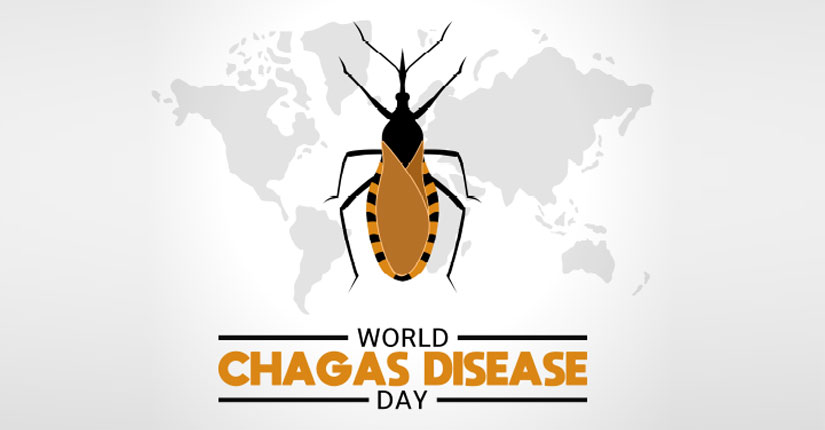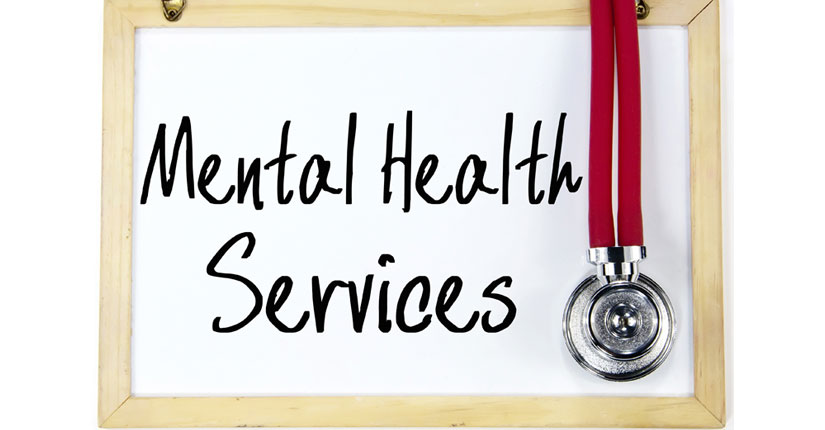WHO Tweeted About How To Prevent And Detect Birth Defects
By Nmami Agarwal 09-Mar 2022 Reading Time: 4 Mins

Birth defects are also known as congenital malformations, congenital disorders, or congenital abnormalities, according to the World Health Organisation. They can be defined as structural or functional abnormalities that occur during fetal life (when the baby is in the womb) and can be identified prenatally, at birth, or sometimes detected late in infancy, such as hearing defects.
Causes can be genetic when there are abnormalities in chromosomes or any gene defects. Socioeconomic and demographic factors are also risk factors as there can be a possible lack of access to sufficient nutritious foods by pregnant women, increased exposure to agents or factors such as infection and alcohol, or poorer access to health care and screening. Maternal age is also a risk factor for abnormal intrauterine fetal development. Advanced maternal age increases the risk of chromosomal abnormalities, including Down syndrome. The environment too can bring infections through mother’s exposure to radiation, pollution, deficiencies, illness, or certain drugs.
WHO Tweeted About Ways To Prevent Birth Defects:
- ensuring adolescent girls and mothers have a healthy diet including a wide variety of vegetables and fruit, and maintain a healthy weight;
- ensuring an adequate dietary intake of vitamins and minerals, particularly folic acid in adolescent girls and mothers;
- ensuring mothers avoid harmful substances, particularly alcohol and tobacco;
- avoidance of travel by pregnant women (and sometimes women of child-bearing age) to regions experiencing outbreaks of infections known to be associated with birth defects;
- reducing or eliminating environmental exposure to hazardous substances (such as heavy metals or pesticides) during pregnancy;
- controlling diabetes prior to and during pregnancy through counseling, weight management, diet, and administration of insulin when required;
- ensuring that any exposure of pregnant women to medications or medical radiation (such as imaging rays) is justified and based on careful health risk-benefit analysis;
- vaccination, especially against the rubella virus, for children and women;
- increasing and strengthening the education of health staff and others involved in promoting prevention of congenital anomalies; and
- screening for infections, especially rubella, varicella, and syphilis, and consideration of treatment.
Detection & Treatment:
Screening tests can help detect birth defects in several stages of pregnancy, like preconception, peri-conception, and neonatal. Newborns may be screened for certain disorders that can develop in the early stages of life or even in the fetus.
Treatment can include medical or surgical interventions. Surgery with good follow-up care can often mitigate the potential morbidity.
Over To You:
Birth defects are sensitive, as they can be acquired at the fetal stage and be there for the rest of their lives. Proper detection and care can help prevent birth defects.




















